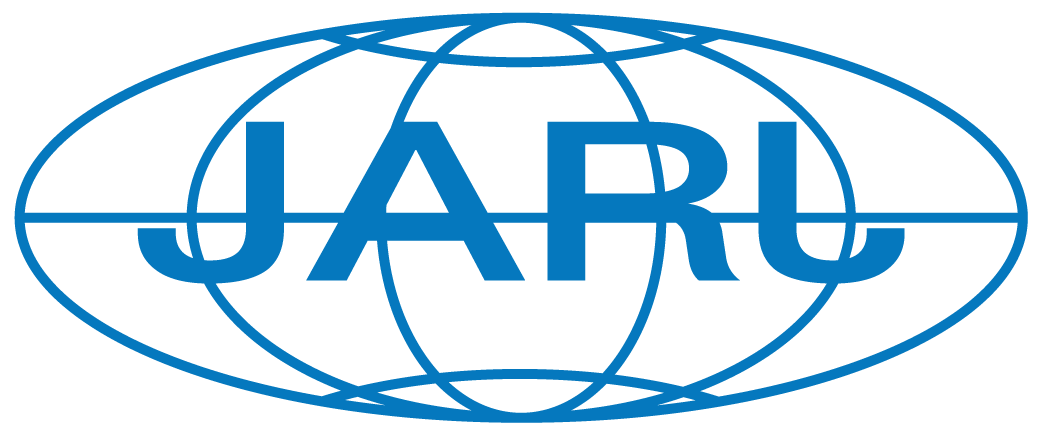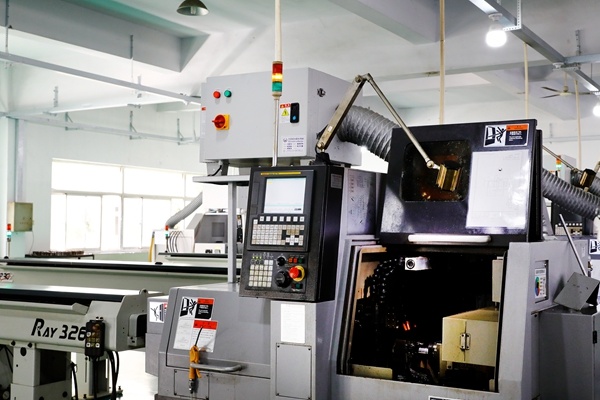Maximizing Performance: How to Effectively Maintain Your Precision CNC Milling Parts
Release Time:
Jun 17,2025
Maximizing Performance: How to Effectively Maintain Your Precision CNC Milling Parts Table of Contents Introduction to CNC Milling Parts Maintenance The Importance of Maintaining Precision CNC Milling Parts Common Issues with CNC Milling Parts Essential Maintenance Tips for CNC Milling Parts Proper Cleaning Techniques Lubrication Best Practices
Maximizing Performance: How to Effectively Maintain Your Precision CNC Milling Parts
Table of Contents
- Introduction to CNC Milling Parts Maintenance
- The Importance of Maintaining Precision CNC Milling Parts
- Common Issues with CNC Milling Parts
- Essential Maintenance Tips for CNC Milling Parts
- Proper Cleaning Techniques
- Lubrication Best Practices
- Regular Calibration Procedures
- Managing Wear and Tear
- Advanced Techniques for CNC Milling Maintenance
- Tools and Equipment for Effective Maintenance
- Frequently Asked Questions
- Conclusion: Elevating CNC Milling Performance
Introduction to CNC Milling Parts Maintenance
Maintaining precision CNC milling parts is critical for manufacturers aiming to achieve optimal performance and high-quality outputs. CNC (Computer Numerical Control) milling machines are designed to execute intricate tasks with incredible accuracy. However, without proper maintenance, these machines can suffer from reduced efficiency, increased downtime, and costly repairs. In this article, we delve into the essential strategies for maintaining your CNC milling parts to ensure they function at their best.
The Importance of Maintaining Precision CNC Milling Parts
Regular maintenance of CNC milling parts is not just a recommendation; it’s a necessity. Here are some of the key reasons why maintaining your CNC milling components is crucial:
1. Enhancing Longevity
CNC milling machines are significant investments. Regular maintenance extends their lifespan, allowing you to maximize your return on investment. By taking care of your parts, you avoid premature wear and costly replacements.
2. Ensuring Precision and Accuracy
Precision is at the heart of CNC machining. Maintaining your milling parts ensures that they continue to operate within their specifications. This, in turn, guarantees that your products meet quality standards consistently.
3. Reducing Downtime and Costs
Preventive maintenance reduces the likelihood of unexpected breakdowns. Minimizing downtime not only saves money but also keeps your production schedules on track.
Common Issues with CNC Milling Parts
CNC milling machines may encounter various issues that can impact their performance. Understanding these common problems can help you prevent them:
1. Tool Wear
Over time, the milling tools can dull or chip, affecting the quality of the machined parts. Regular inspection is key to identifying when replacements are needed.
2. Misalignment
Misalignment can occur due to wear or improper installation, leading to inaccuracies in machining. Regular checks and calibrations help mitigate this issue.
3. Contaminated Lubricants
Using dirty or degraded lubricants can cause friction and wear, leading to mechanical failures. Ensuring clean lubricants are regularly applied is essential.
Essential Maintenance Tips for CNC Milling Parts
To maintain the functionality and precision of your CNC milling parts, follow these essential maintenance tips:
Proper Cleaning Techniques
Cleaning CNC milling parts should be part of your routine maintenance. Here’s how to do it effectively:
- **Use the Right Cleaning Agents:** Avoid abrasive cleaners that can scratch surfaces. Instead, opt for non-corrosive solvents.
- **Regular Dust Removal:** Accumulated dust can affect machine performance. Use a soft brush or vacuum to keep components clean.
- **Inspect for Debris:** After cleaning, inspect for any remaining debris that could interfere with movement.
Lubrication Best Practices
Proper lubrication is vital for the smooth operation of CNC milling machines. Follow these practices:
- **Regular Lubrication Schedule:** Establish a routine schedule based on manufacturer recommendations.
- **Use High-Quality Lubricants:** Ensure that you use the correct type and grade of lubricant suitable for your machine and environment.
- **Check Levels Frequently:** Regularly check lubricant levels to prevent dry operation.
Regular Calibration Procedures
Calibrating your CNC milling machine is essential for maintaining precision. Here’s how to do it:
- **Follow Manufacturer Guidelines:** Each machine has specific calibration instructions. Adhere to these for accurate results.
- **Conduct Periodic Testing:** Regularly test the machine's performance to identify any deviations from expected results.
- **Document Calibration Procedures:** Keep logs of calibration for future reference and compliance.
Managing Wear and Tear
Understanding and managing wear and tear is crucial for maintaining CNC milling parts:
- **Monitor Tool Condition:** Use wear indicators to track the condition of milling tools, replacing them as necessary.
- **Analyze Operational Data:** Use software to analyze machine performance, identifying patterns that may indicate wear.
- **Train Staff on Maintenance Procedures:** Ensure that staff are trained to recognize signs of wear and understand maintenance protocols.
Advanced Techniques for CNC Milling Maintenance
For organizations seeking to elevate their maintenance processes, consider these advanced techniques:
1. Predictive Maintenance
Utilizing technology such as IoT sensors can help in predicting wear and maintenance needs before issues arise. This proactive approach can significantly reduce downtime.
2. Vibration Analysis
Conducting vibration analysis helps identify imbalances and anomalies in the machine’s operation, allowing for timely interventions.
3. Thermal Imaging
Using thermal imaging to detect hotspots can help identify parts that may be overheating, which can prevent severe damage.
Tools and Equipment for Effective Maintenance
Investing in the right tools for CNC milling maintenance can streamline the process:
1. Cleaning Equipment
- **Ultrasonic Cleaners:** Ideal for removing dirt and grime from intricate parts.
- **Vacuum Systems:** Effective for dust removal in hard-to-reach areas.
2. Calibration Tools
- **Dial Indicators:** Essential for measuring precision.
- **Laser Alignment Tools:** Useful for ensuring machine alignment.
3. Lubrication Equipment
- **Automated Lubrication Systems:** These ensure consistent application of lubricants, enhancing machine longevity.
Frequently Asked Questions
1. How often should I perform maintenance on my CNC milling machine?
It’s recommended to conduct maintenance checks weekly, with more comprehensive inspections monthly and quarterly, as per the manufacturer's guidelines.
2. What are the signs that my CNC milling parts need maintenance?
Common signs include unusual noise during operation, reduced precision, and visible wear on tools and components.
3. Can I perform maintenance myself, or should I hire a professional?
Basic maintenance can often be done in-house, but more complex tasks may require professional expertise.
4. What is the best way to ensure tool longevity?
Regularly inspect, clean, and correctly lubricate your tools, and always use them within their specified limits.
5. How can I prevent contamination of lubricants?
Store lubricants in sealed containers and ensure that application tools are clean to avoid introducing contaminants.
Conclusion: Elevating CNC Milling Performance
Maintaining your precision CNC milling parts is essential for achieving optimal performance and longevity. By implementing regular maintenance schedules, adhering to best practices, and utilizing advanced techniques, you can significantly enhance the efficiency and reliability of your CNC operations. Investing time and resources into maintenance not only reduces downtime but also ensures that your manufacturing processes yield high-quality results consistently. Embrace these maintenance strategies to maximize the performance of your CNC milling machinery and secure a competitive advantage in the manufacturing landscape.




